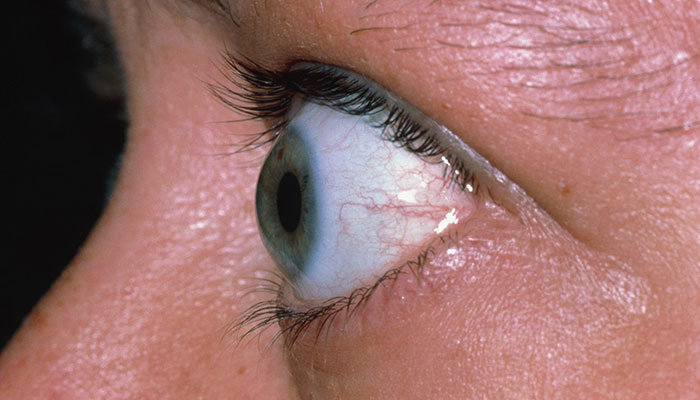Soft tissue injuries are injuries that occur when a muscle, tendon, or ligament is subjected to trauma or excessive use. Generally, these injuries are caused by sudden, uncontrolled movement, such as stepping off a curb or rolling over an ankle. On the other hand, they can also be caused by chronically fatigued muscle and tendon tissue.
Signs and Symptoms of Soft Tissue Injuries
- Pain in and around the affected area
- Swelling
- Warmth
- Redness
Causes of Soft Tissue Injuries
- Everyday activities
- Sports
- Exercising
Understanding Soft Tissue Injuries in Ayurveda
In Ayurveda, soft tissue injuries can be attributed to an imbalance of the body’s doshas, particularly Vata. Factors such as poor circulation, weak muscles, and reduced lubrication of tissues are believed to contribute to these injuries. Dietary and lifestyle choices that aggravate Vata dosha, such as excessive dry and cold foods, lack of exercise, and stress, can make individuals more susceptible to soft tissue injuries.
Treatment and Management
Treatment for soft tissue injuries involves the R.I.C.E. method: Rest, Ice, Compression, and Elevation. Resting the injured area, applying ice to reduce swelling, using compression bandages, and elevating the affected limb help alleviate pain and promote healing. Pain relievers and physical therapy may also be recommended for recovery.
Care offered by SGP’s PSA has been demonstrated to be effective in alleviating symptoms and enhancing the quality of life for patients with soft tissue injury. The primary focus of care delivered by the PSA is to manage symptoms, address emotional and psychological distress, and improve overall comfort.
FAQs about Soft Tissue Injuries
-
Types of soft tissue injuries include:
Contusions: A contusion or bruise is a soft tissue injury that is caused by blunt force, usually a kick, a fall, or a blow.
Sprains: A sprain refers to a partial tear of a ligament, typically due to a wrench or twisting motion.
Tendonitis: Tendonitis is a condition in which the tendon (band of tissue that connects muscles to bones) becomes inflamed.
Bursitis: Bursitis is a condition in which the bursa (fluid-filled sac that acts as a cushion between bone and muscle or tendons) becomes inflamed.
Stress injuries: A stress fracture is a small crack in a bone. They tend to occur in the lower extremities, particularly in the weight-bearing bones such as the legs, hips, and feet.
Strains: Strain is a condition in which a muscle or tendon is injured due to excessive use, pressure, or stretching.
-
The majority of soft tissue injuries heal within six weeks without any complications. However, the symptoms of soft tissue injuries may take several months to resolve.
-
Yes, soft tissue injuries, such as strains and sprains, are common in sports due to the sudden movements involved. These injuries can result from sudden acceleration, deceleration, or impact during athletic activities.
-
Leaving soft tissue injuries untreated can lead to chronic pain, reduced mobility, and increased risk of re-injury. It may result in long-term damage, delayed healing, and the development of scar tissue, potentially requiring more invasive treatments in the future.
-
Soft tissue injuries can be prevented by warming up before exercise, using proper techniques, and gradually increasing the intensity of activity. Maintaining muscle strength and flexibility through regular exercise, staying hydrated, and ensuring adequate rest and recovery are also essential in injury prevention.






